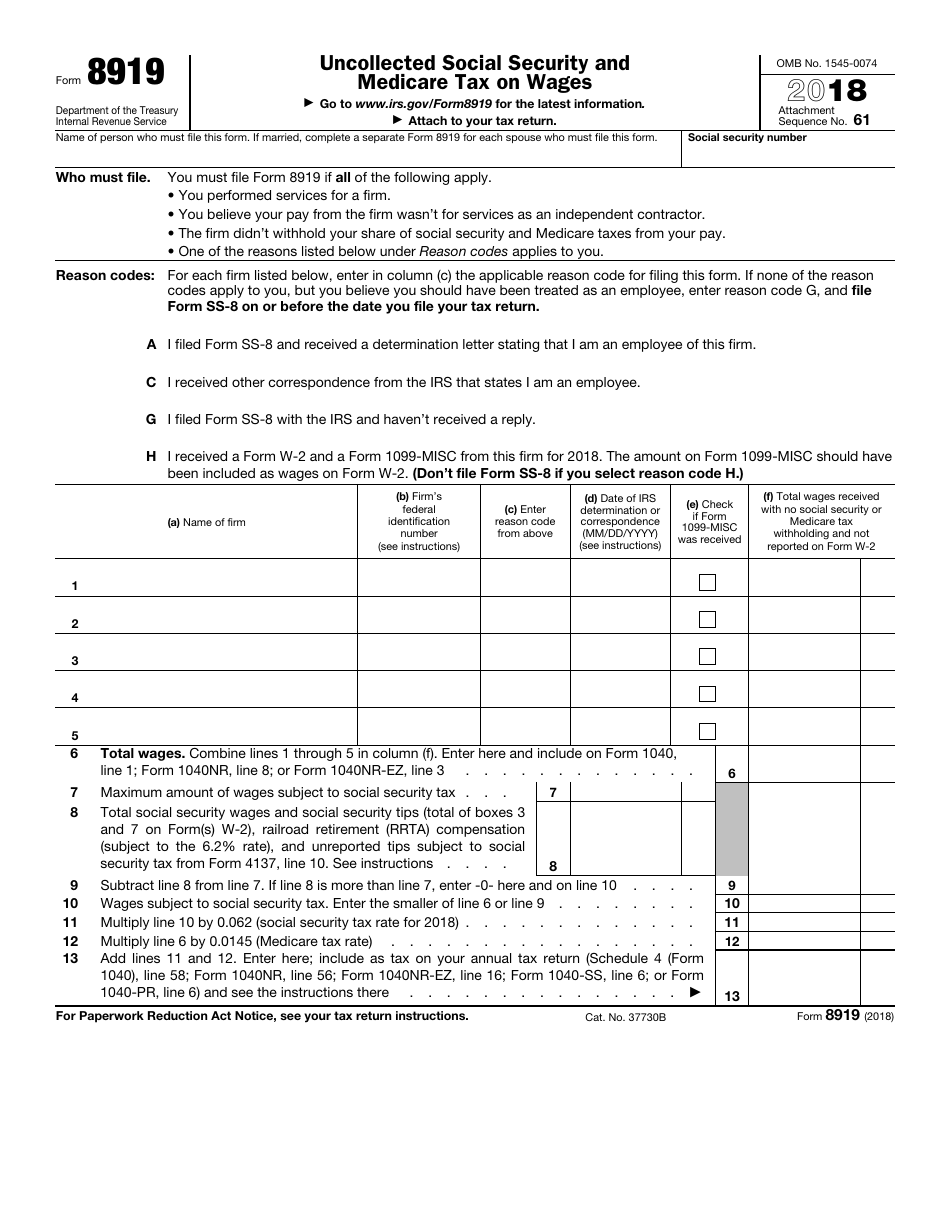
One example of the benefits of our partnership with other IRS divisions is my office’s work with the Large Business and International (LB&I) division. Whistleblower Office Partnerships and Success StoriesĪ key part of my job is to ensure the Whistleblower Office works closely with the IRS business divisions that conduct examinations and investigations based on award claims. The awards paid to whistleblowers generally range between 15 to 30 percent of the proceeds collected and attributable to their information. The information provided by these individuals led to the successful collection of over $6.39 billion from non-compliant taxpayers. Since the inception of the Whistleblower Office in 2007, the IRS has paid more than $1.05 billion in over 2,500 awards to whistleblowers. My office ensures that award claims are reviewed by the appropriate IRS business unit, determines whether an award should be paid and the percentage of any award, and ensures that approved awards are paid.


Each year, the IRS receives thousands of award claims from individuals who identify taxpayers who may not be abiding by our nation’s tax laws. The IRS Whistleblower Office was established by the Tax Relief and Health Care Act of 2006. We need help from whistleblowers – people with firsthand knowledge of non-compliance who are willing to share what they know with us so we can investigate it when warranted. The IRS uses increasingly sophisticated data analytics and other methods to detect non-compliance with tax laws, but we can’t find it all by ourselves. Voluntary compliance is aided by the knowledge that non-compliance with tax laws will be addressed through examinations, collection activities, criminal investigations and other tax enforcement work. When this principle is observed, taxpayers file tax returns and pay their taxes timely and accurately without the need for compliance activity by the IRS. Our nation’s tax system is built on the principle of voluntary compliance. These findings indicate that assortative mating occurs within mixed-form swarms, mediated most probably by close-range mate recognition cues.By John Hinman, Director, IRS Whistleblower OfficeĪfter 39 years at the IRS, I’m excited to be taking over new duties as the director of the IRS Whistleblower office, which plays an important role in our nation’s tax administration system. Finally, all specimens of inseminated females were of the same form as the sperm contained within their spermatheca ( n = 91), even for the four mixed-form copulae. Of the 33 copulae collected from mixed-form swarms, only four were mixed-form pairs, significantly fewer than expected by random pairing between forms ( χ 2 = 10.34, d.f. Of the remaining 40% of swarms, however, only about half were single-form and the rest were mixed-form. Overall, ∼60% of M- and S-form swarms were temporally or spatially segregated the two forms were effectively prevented from encountering each other. In VK7, a rice growing area, the majority of swarm samples consisted of only M-form males (38/62), until October and November 2006, when there were nearly as many mixed-form as single-form swarms. In Soumousso, a wooded savannah habitat, the majority of swarm samples consisted of only S-form males (21/28), although a few M-form males were found in mixed M- and S-form swarms. The main aim was to assess the degree to which these molecular forms mate assortatively. Although the habitats of these villages differ markedly, sympatric populations of M and S molecular forms of An. (Diptera: Culicidae) mating swarms and the associated mating pairs ( copulae) were investigated during two rainy seasons (July to October, 2005 and July to November, 2006) in the villages of Soumousso and Vallée du Kou (VK7).

The molecular form composition of Anopheles gambiae Giles s.s.


 0 kommentar(er)
0 kommentar(er)
